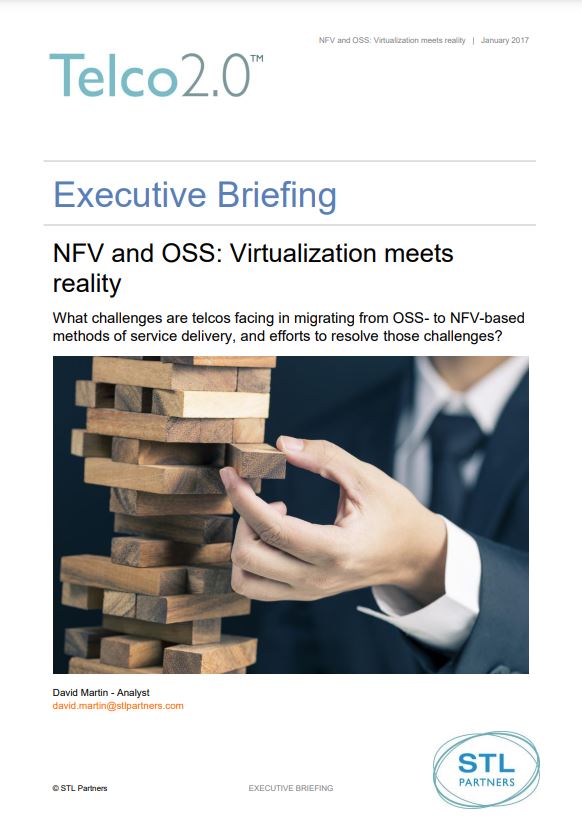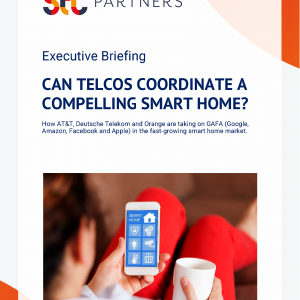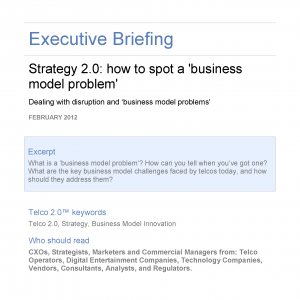NFV and OSS: Virtualization meets reality
£1,000.00 excl VAT
Changing telcos’ systems from a legacy to a virtualised model is a bit like building an autonomous car from a moving steam locomotive. In this report, we look at the relationship between NFV (Network Functions Virtualization) and OSS (Operations Support Systems), and the difficulties that operators and the developer community are facing in migrating from legacy OSS to NFV-based methods for delivering and managing communications services.
Description
Format: PDF filePages: 28 pagesCharts: 14Author: David MartinPublication Date: January 2017
Table of Contents
- word – mailing – start mailmarg- lable- select recipit-exisiting fileExecutive Summary
- Next Steps
- Introduction: New virtual network, same old OSS
- The relationship between NFV and OSS
- Potential solutions and key ongoing problem areas
- Conclusion: OSS may ultimately be going away – but not anytime soon
- OSS-NFV interoperability: three approaches
- OSS-NFV integration method Number 1: use the existing BSS / OSS to manage both legacy and virtualized services
- OSS-NFV integration method number 2: Use a flexible combination of existing OSS for legacy infrastructure and services, and MANO systems for NFV
- OSS-NFV integration method number 3: Replace the existing OSS altogether using a new MANO system
- Three critical problem areas: service assurance, information models, and skills
- 1. Closed-loop service fulfillment and assurance
- 2. A Common Information Model (CIM)
- 3. Skills, organization and processes
Table of Figure
- Figure 1: Classic TMN BSS / OSS framework
- Figure 2: Telcos’ BSS / OSS strategy for NFV
- Figure 3: Transition from BSS / OSS-driven to NFV-driven service management as proposed by Amdocs
- Figure 4: NFV / SDN functions as modules within the Comarch OSS architecture
- Figure 5: Closed-loop network capacity augmentation using Netscout virtual IP probes and a common data model
- Figure 6: Service-driven OSS-MANO integration according to Amdocs
- Figure 7: HPE’s model for OSS-MANO integration
- Figure 8: BSS and OSS still out of scope in OSM 1.0
- Figure 9: Subordination of OSS to the MANO system in Open-O
- Figure 10: Vodafone Ocean platform architecture
- Figure 11: Vodafone’s VPN+ PoC
- Figure 12: Operators’ main concerns regarding NFV
- Figure 13: Closed-loop service fulfillment and assurance
- Figure 14: Relationship between Information Model and Data Models
Technologies and industry terms referenced include: Amdocs, BSS, HPE, MANO, nfv, OSS, skills, transformation, Virtualisation


